Thessaloniki gets ready for its metro launch in November
The underground rapid transit lines have been under construction for almost two decades due to various project delays
 TheMayor.EU logo
TheMayor.EU logo 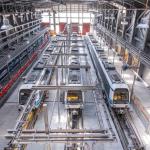
The underground rapid transit lines have been under construction for almost two decades due to various project delays

The cross pinnacle on the Tower of Jesus Christ will be ready to receive visitors in 2026 on the centennial of Gaudi’s death

Now you can get your wine in Talence by paying directly in Bitcoin

That’s because the state has to spend money on updating the railway infrastructure rather than subsidizing the cost of the popular pass

Steffen Romstöck said that he would respect the residents’ choice and would take over the helm of the municipality, even if he didn’t run

The measure, which will come into force from 1 January 2025, will be partial and temporary…for now
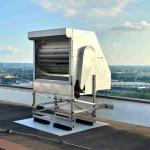
Rethinking renewable energy sources for the urban landscape

But operating them is still illegal under the country’s legislation

The examples, compiled by Beyond Fossil Fuels, can inform and inspire communities and entrepreneurs that still feel trepidation at the prospect of energy transition

Now you can get your wine in Talence by paying directly in Bitcoin

Rethinking renewable energy sources for the urban landscape

The examples, compiled by Beyond Fossil Fuels, can inform and inspire communities and entrepreneurs that still feel trepidation at the prospect of energy transition

The underground rapid transit lines have been under construction for almost two decades due to various project delays

Plus, it has a unique modular design that allows it to be shortened and lengthened like a train

At least, that’s the promise made by the mayor of Paris, Anne Hidalgo
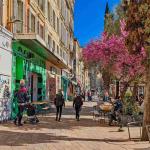
Despite its church-y name, the district has long been known as the hangout spot for the artsy crowds

At least, that’s the promise made by the mayor of Paris, Anne Hidalgo
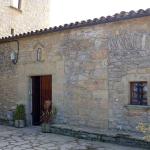
Hostal de Pinós is located in the geographical centre of the autonomous region

On the eve of the new academic year, the ranking considers several distinct but essential factors
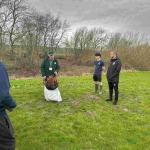

Following a successful trial phase, these quiet areas will now be available on all main routes in the country

The academic institution shows a deeper understanding of the well-being of its students











The first documented reference of Hemmingen can be traced to the year 991 AD, when the settlement is mentioned as property of the Weissenburg Monastery. In the 14th century the village was divided in half. One belonged directly to Württemberg and the other to the local noble mistress Fief. In 1842 the Town Hall was built.
In 1930 Hemmingen already had 1,008 inhabitants and 228 farms. By the end of the 1980's a large-scale development was underway and the number of residents increased to 7191. In 1973 Hemmingen was included in the Ludwigsburg region. In 1985, the municipal administration moved to the renovated Varnbühler castle.
Hemmingen is a municipality with almost 8,000 inhabitants in the immediate vicinity of the state capital Stuttgart in Baden-Württemberg. The city is located in the Ludwigsburg district, in the heart of Strohgäus.
Hemmingen is situated in a prosperous region with near full employment. The city is proud of the district heating supply, which is generated from renewable energy sources. Two biogas plants produce electricity and heat. In addition, heat is generated by a wood heating system with appropriate filters. 2,000 apartments are connected and 7,000 tons of CO² are saved.

The town of Hemmingen is known for its wines, castles, festivals and markets. It is famous also for its Glems-Mühlen-Weg, stretching on past mills, orchards and meadows for 40 km from Glemseck (part of Leonberg) to Markgroningen.
In the town you can see the St. Laurentius Church - a typical medieval church, which had to be rebuilt during the Renaissance.